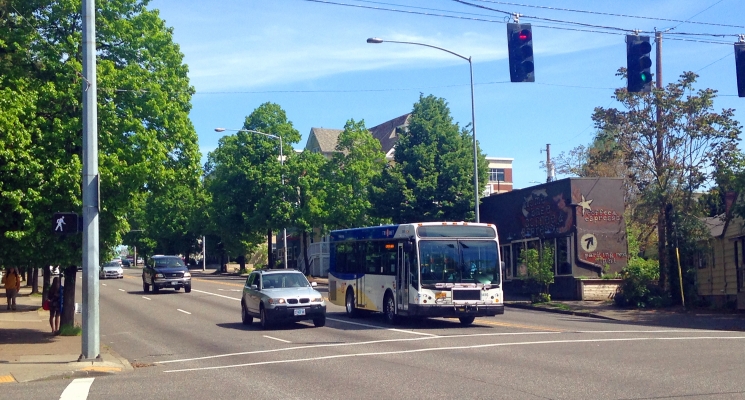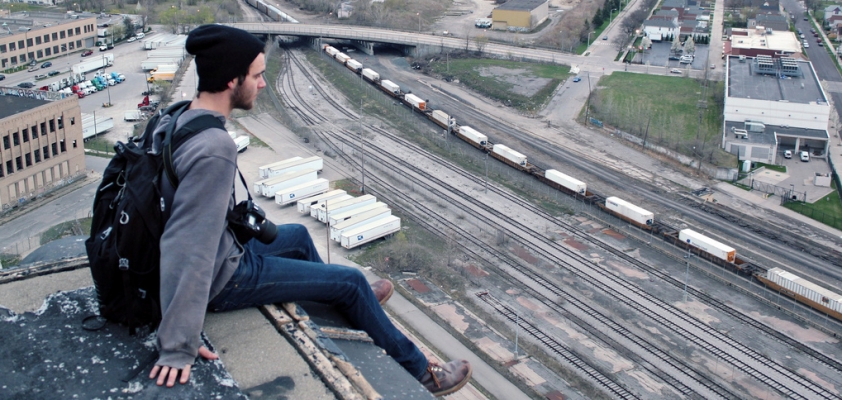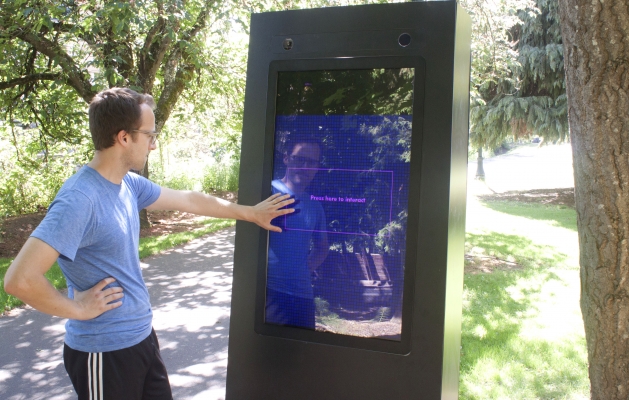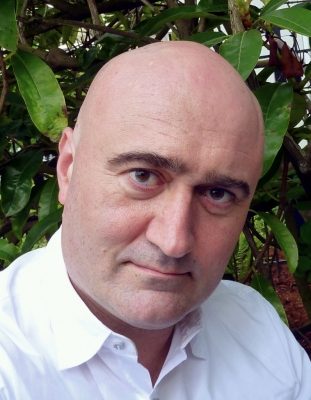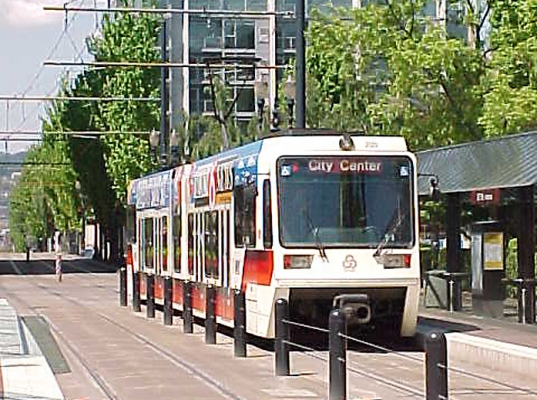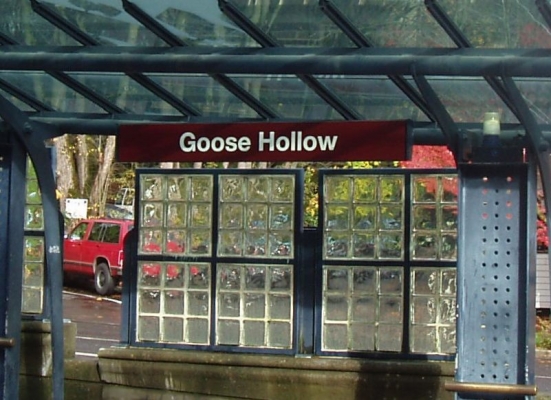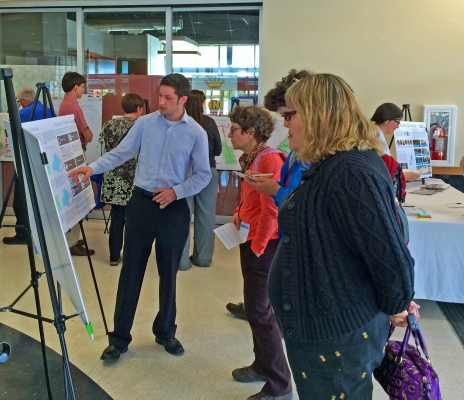A new study led by Miguel Figliozzi of Portland State University provides a microscopic evaluation of how two advanced traffic control technologies work together.
Powell Boulevard, an east-west arterial corridor in southeast Portland, Oregon, has been the focus of several research studies by Figliozzi’s TTP research lab. The street is a key route for public transit buses as well as pedestrians and cars, but heavy traffic at peak hours often results in delays.
On Powell there are two systems operating concurrently: a demand-responsive traffic signal system called Sydney Coordinated Adaptive Traffic System (SCATS) and a Transit Signal Priority (TSP) system. The TSP in the Portland metro region is designed to give priority to late buses and to boost transit performance.
In previous studies Figliozzi’s lab has analyzed a multitude of factors on Powell Boulevard including traffic congestion, transit times, air quality and cyclists’ intake of air pollutants, and a before/after evaluation of SCATS.
For this study, the researchers used a novel approach to evaluate how well SCATS and TSP work together by integrating three major data sources and video recordings at individual intersections.
Figliozzi’s team worked closely with TriMet and the City of Portland to...
Read more
